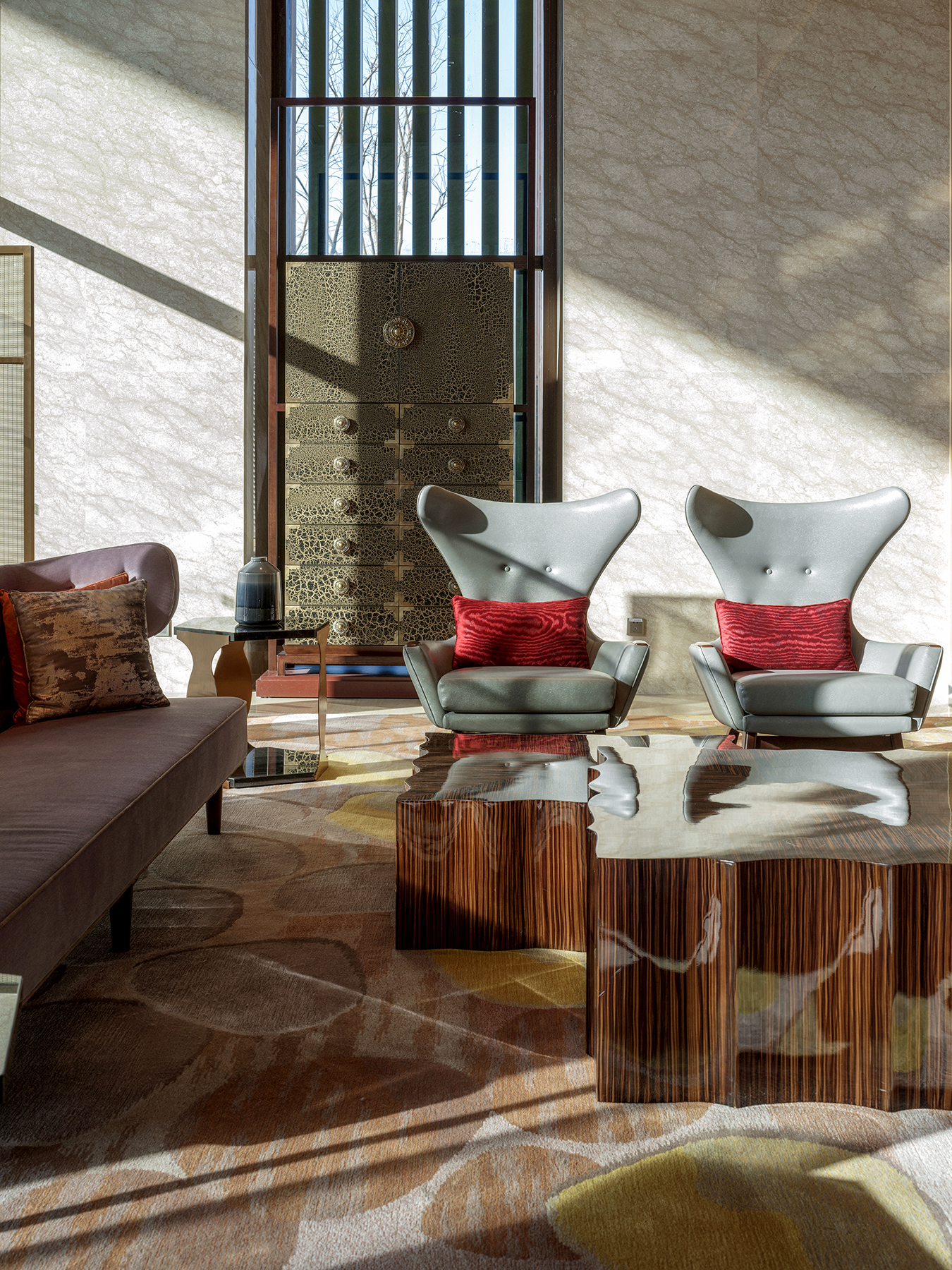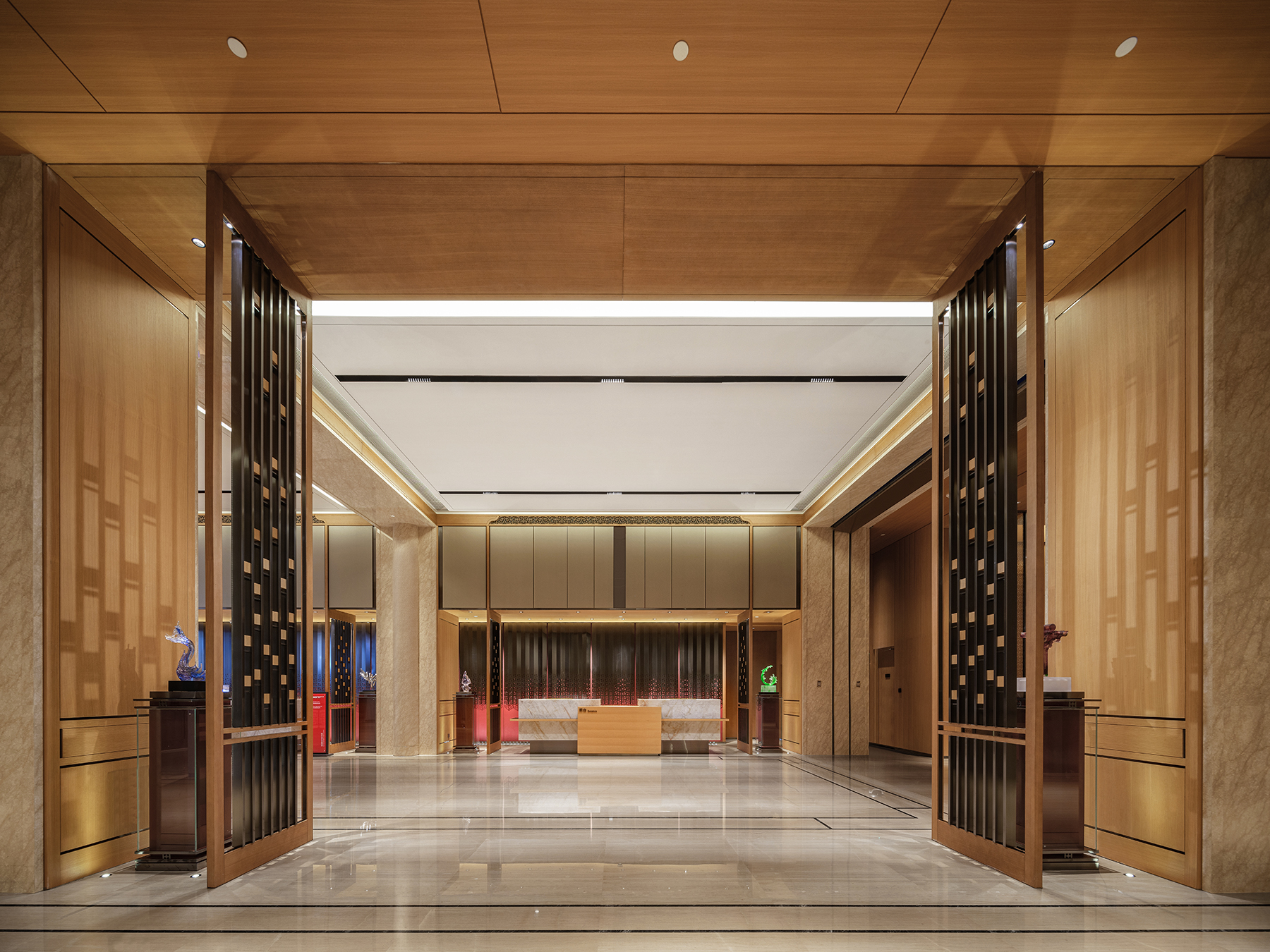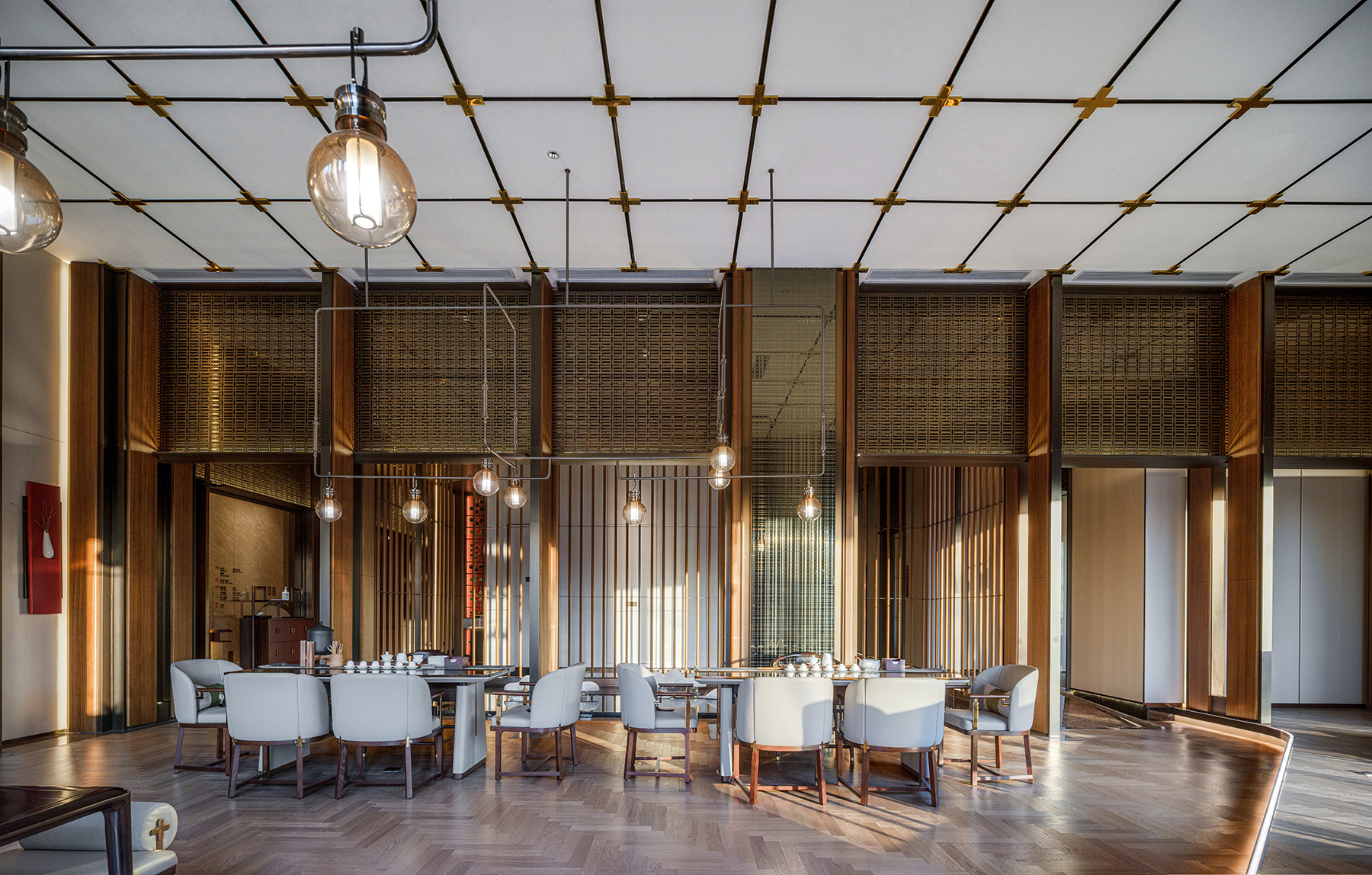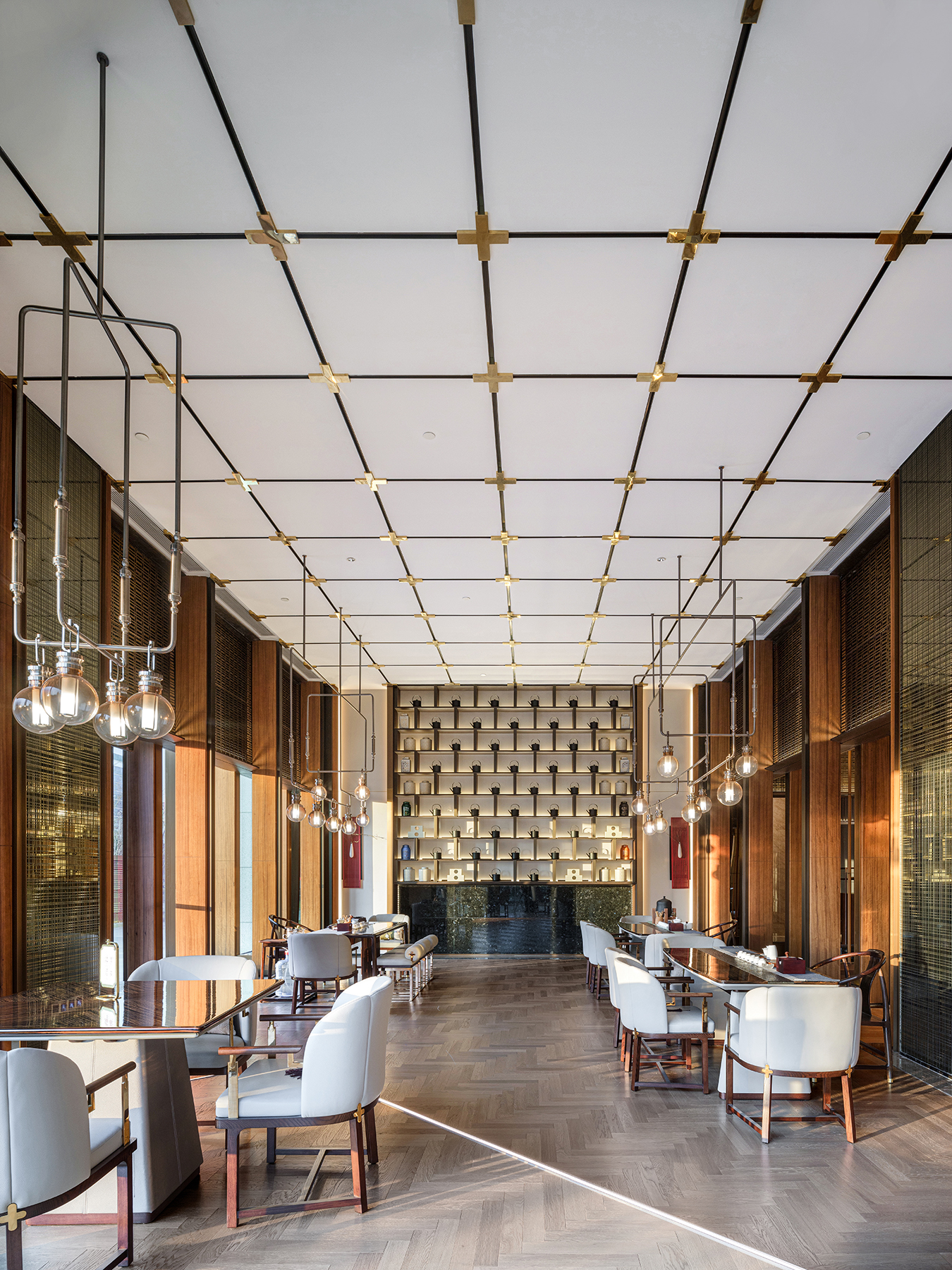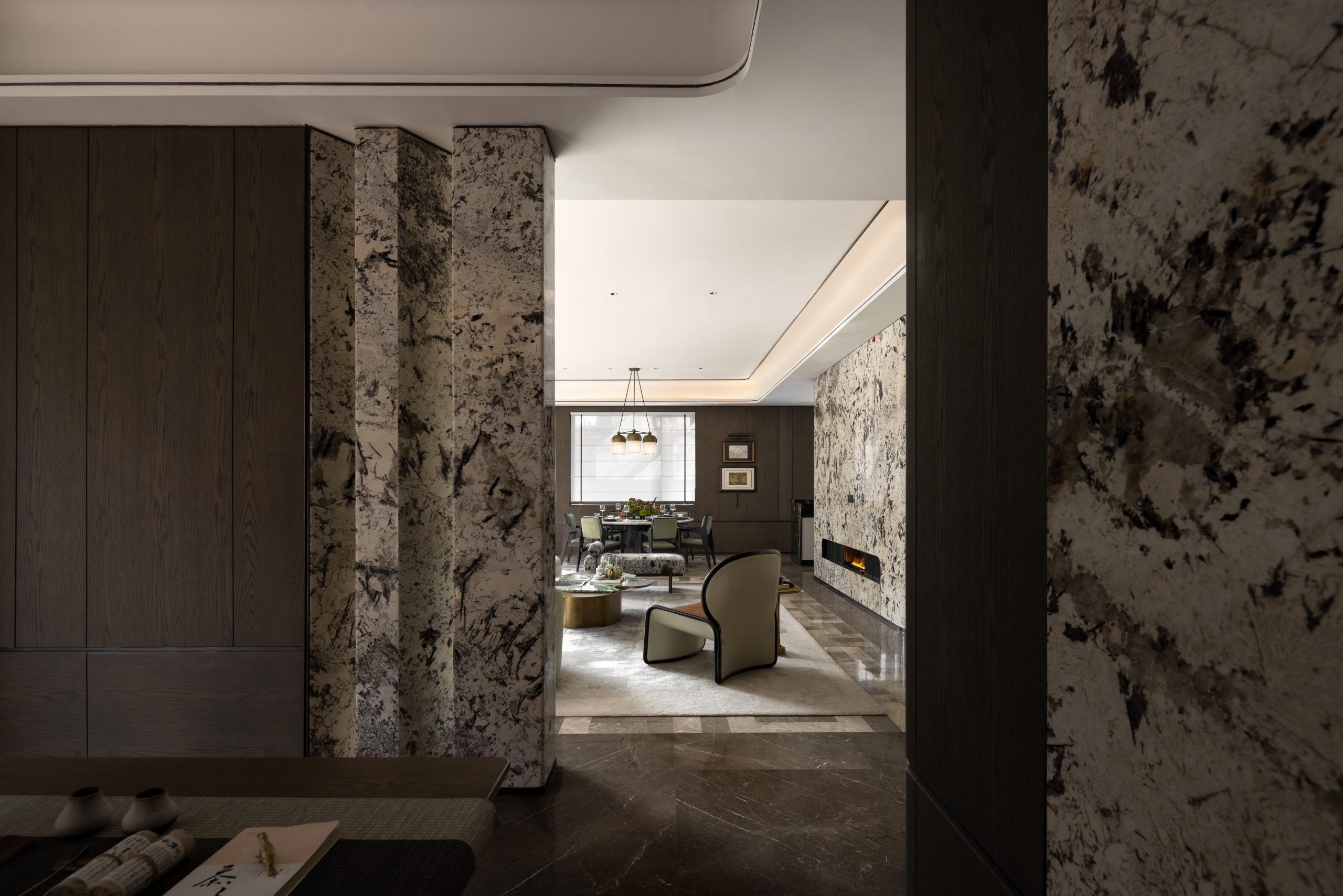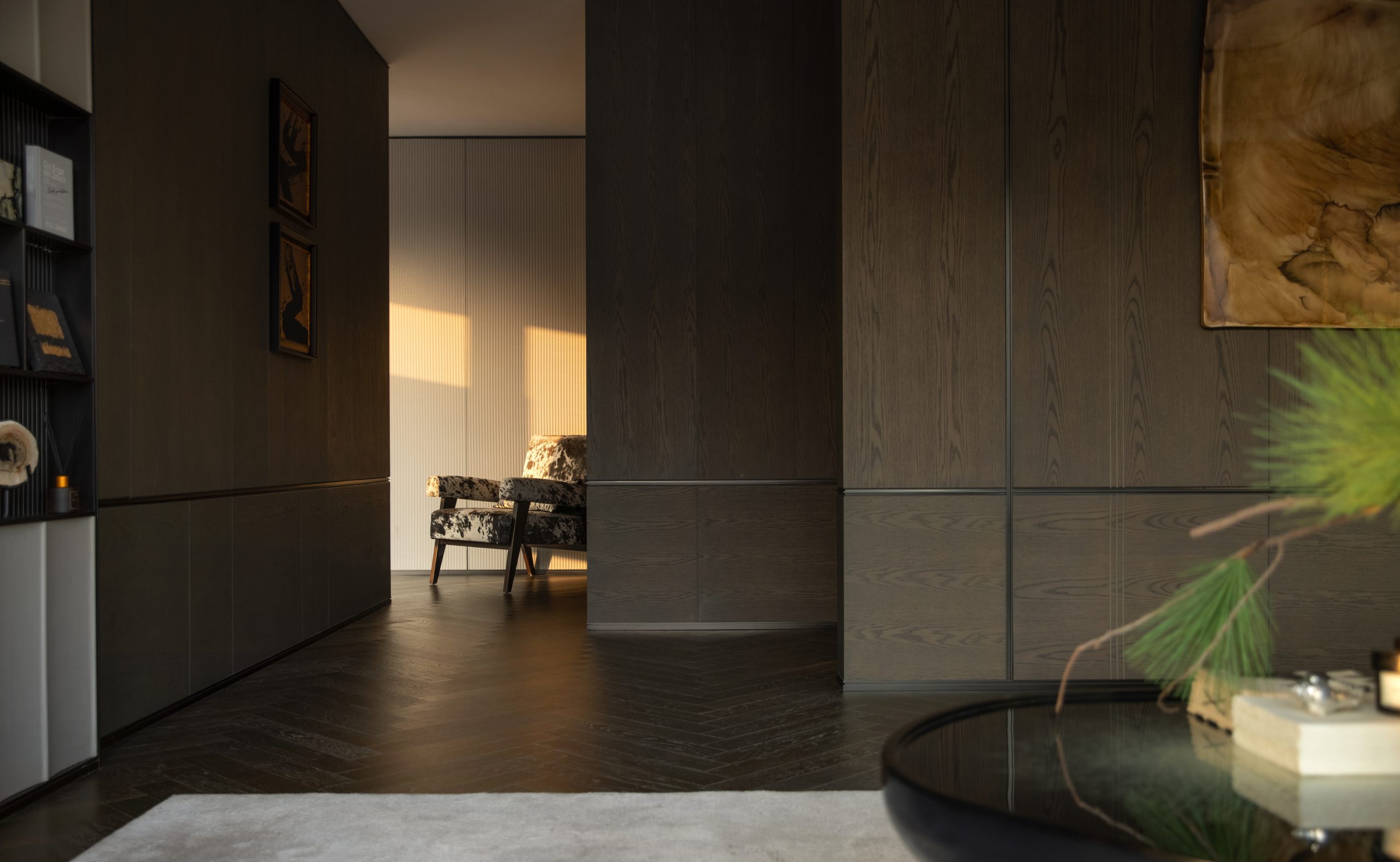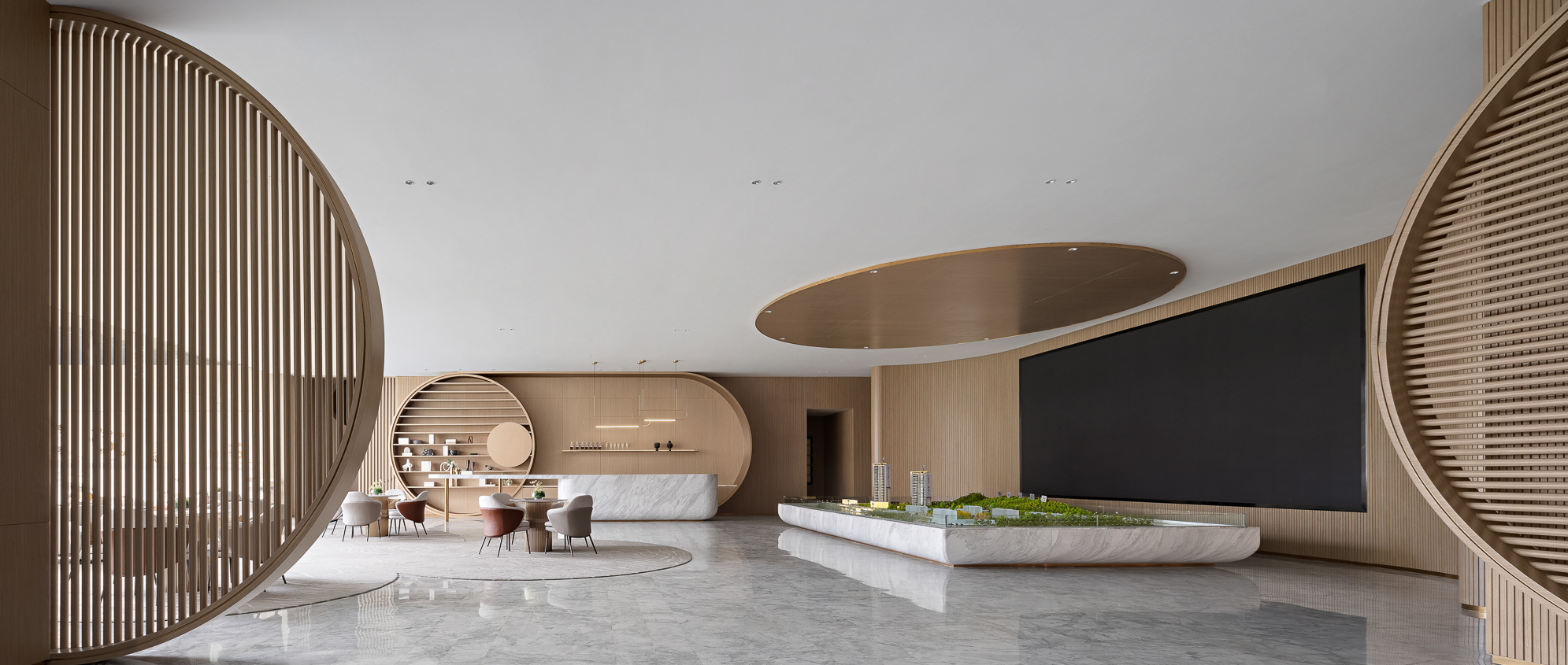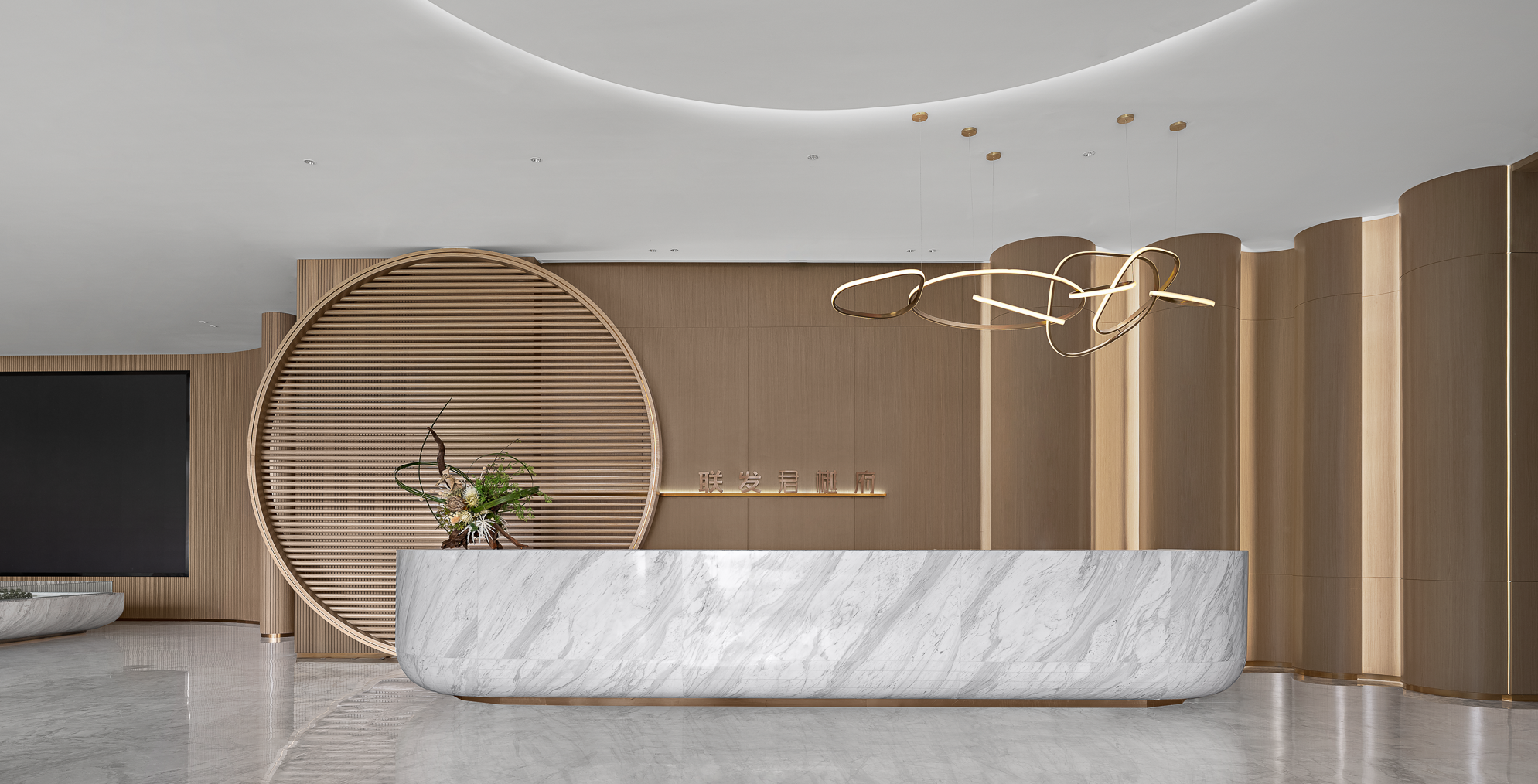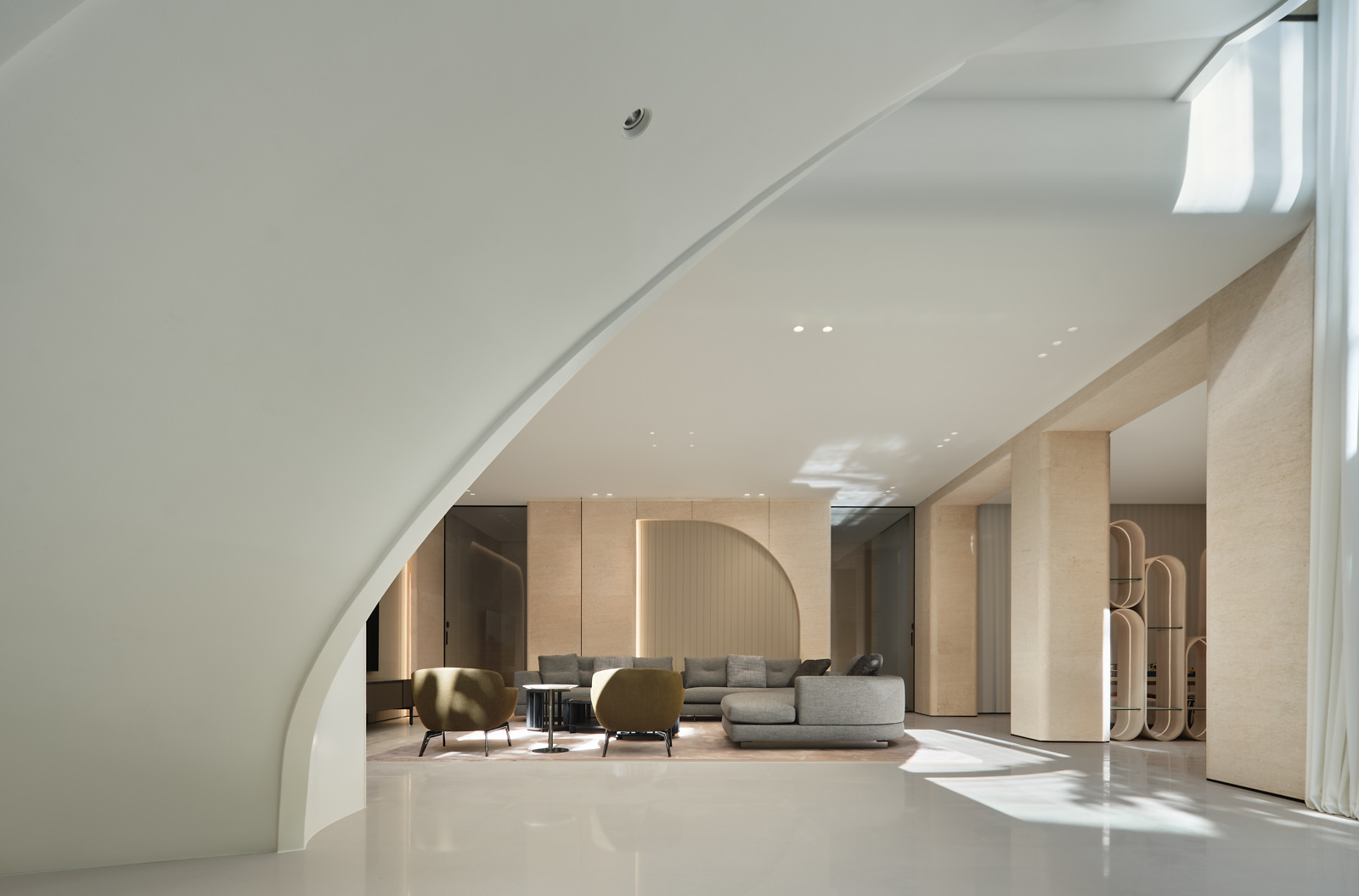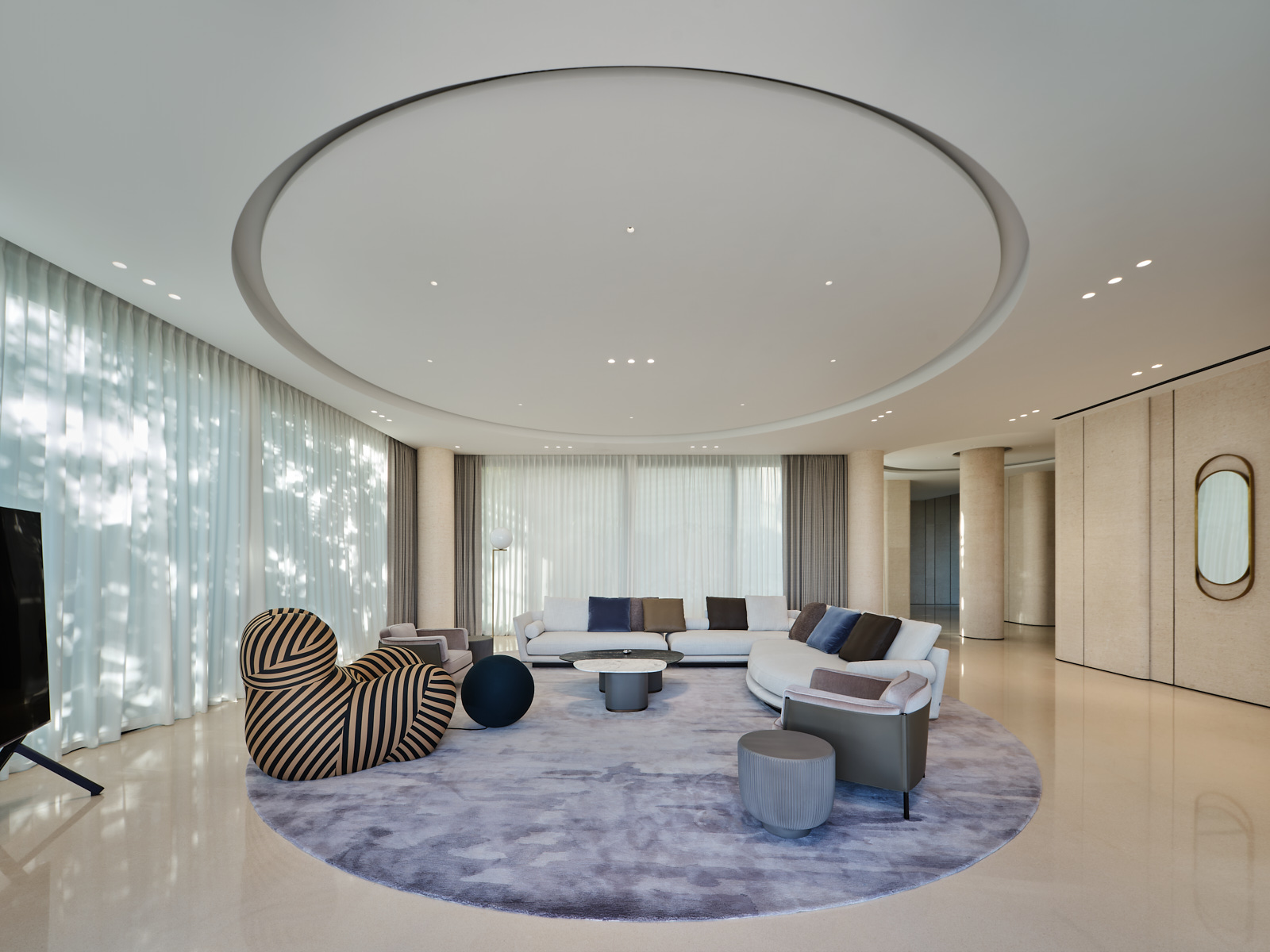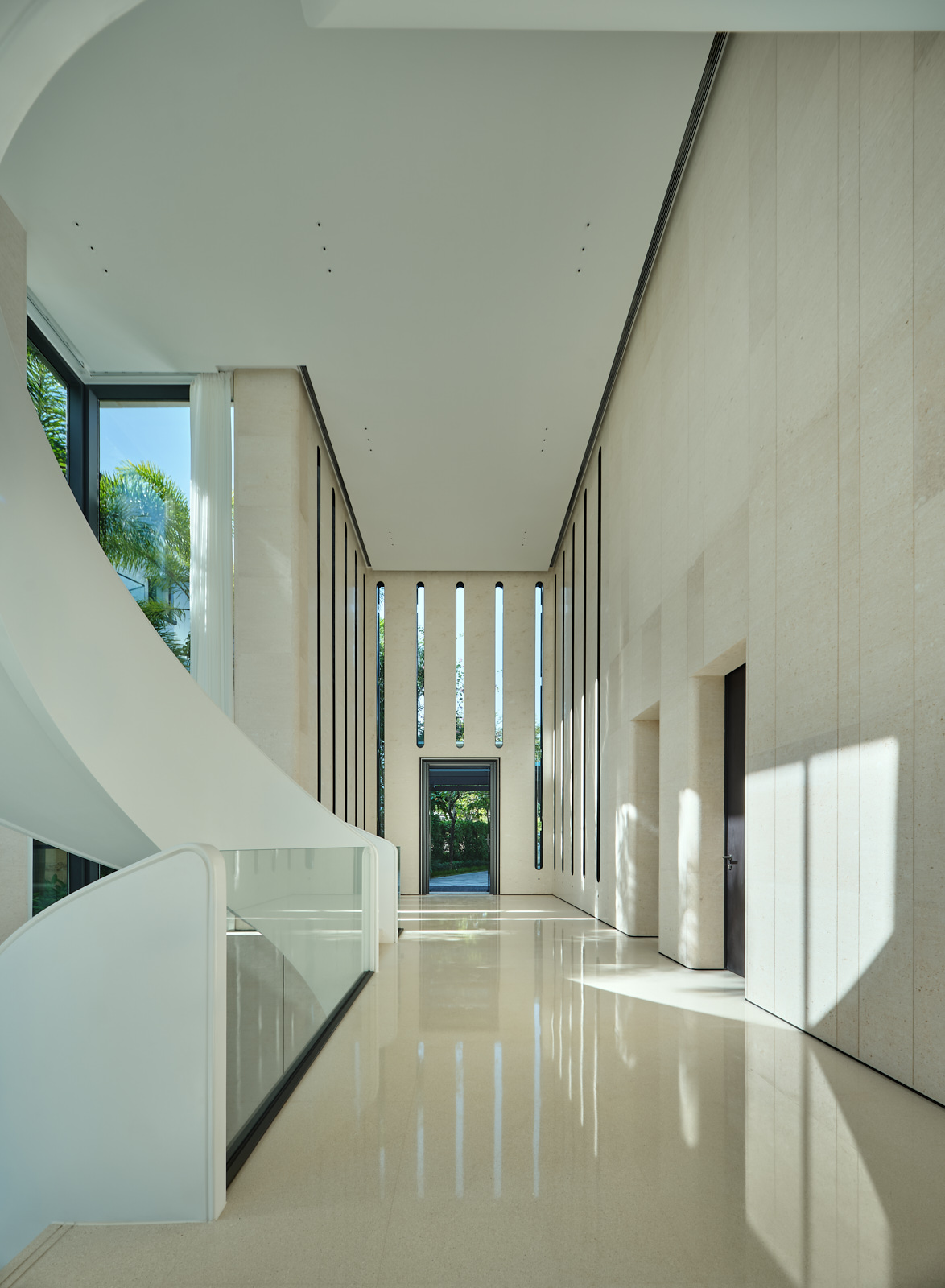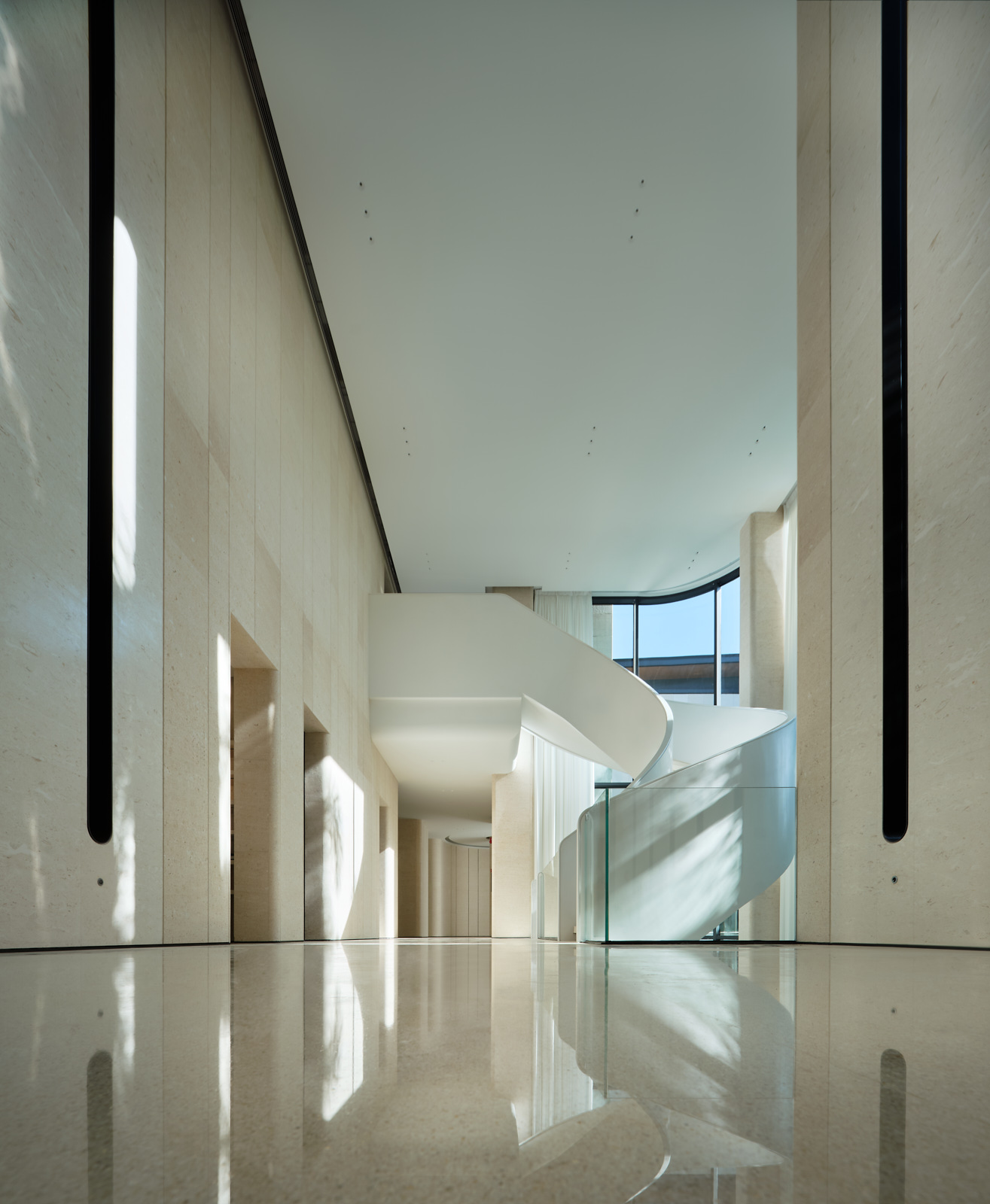Dr. Patrick Leung is the Founder and Principal Designer of P A L Design Consultants, a multi-award-winning interior design consultant established in 1994. One of the most celebrated interior designers in Hong Kong, Patrick has amassed success with a stellar portfolio of international hospitality designs. Throughout his four-decade career, he has garnered over 200 international accolades – a testament to his creative vision and profound impact on the design landscape. In recognition of his stand-out contributions to the industry, Patrick was awarded an Honorary Doctorate of Humane Letters by the Lincoln University in the United States in 2012. He is a fellow member of Hong Kong Interior Design Association (HKIDA) and senior member of the PolyU Foundation.
Patrick’s journey started out with humble beginnings, but pursued his career path with great intent, learning the ropes under the mentorship Asia’s famed hotel designer, Alan Gilbert, in his early career. Today, his fervour towards designs serves as the impetus for him to hone next-generation designers through the Patrick Leung Master and Student Program launched in 2023. In an exclusive interview with Asia Designers Directory speaks with Patrick to learn about his design ethos, emphasising simplicity, deep connections, and global appeal.
As a designer known for seamlessly blending Eastern and Western influences, how do you navigate cultural differences to create universally appealing spaces that resonate with diverse audiences?
Design is a universal language that transcends East and West. When designing a space, it has to be both functional and supports a particular lifestyle. In today’s globalised world, where lifestyles and preferences are converging, cultural differences are becoming blurred so we no longer need to concern about bringing together the East or West. Having said that, in places like Singapore, Hong Kong, and China, respecting local cultural nuances and combining them with Western practices allows for designs that resonate and appeal to people.
- InterContinental Beijing, China
Can you share preferred materials used in your designs, why and how do they contribute to the overall aesthetic, functionality, and sustainability of your projects?
Having been in the design industry for 45 years, I have worked with myriad materials in more than 2,000 projects. As someone who abides by simplicity in things, I am drawn towards natural materials as I embrace the richness in texture, feel and colour of natural materials.
Wood, marble and stone are materials that I predominantly work with. Wood, for instance, has a life. Each piece is unique, with different grains and textures depending on how it is cut and finished. Each piece is an art in its own right, whether polished, semi-polished, or left raw. Depending on how it is cut and the weight placed on woods like banyan, the piece adds different interest and character to a space. Personally, I am most drawn to raw wood.
Marble is another material of choice in my projects. Marble exudes natural beauty with its varied veining and textures. Personally, I prefer to use marble with a honed or natural finish rather than a high polish, as the latter strips the material of its natural beauty and inherent value.
Your numerous prestigious awards in Greater China speak volumes about your impact. How have these accolades influenced your design philosophy and approach to your craft?
I am humbled and honored by the recognition, though I never design with the intent to win awards. Instead, my focus has always been designing functional spaces that creates a desired lifestyle. As we are constantly surrounded by noise and distractions, a space—whether it’s a home, office, restaurant, or hotel—should be able to imbue a sense of calm and support a soulful connection. To achieve this, details such lighting, wall finishes, flooring and furniture, must come together harmoniously.
While I appreciate the awards and recognition they bring to my firm, they are certainly not my primary motivation. I typically do not enter projects into competitions unless I genuinely believe they have achieved a high standard of design and functionality. My real satisfaction comes from knowing that my clients are pleased with the spaces I have created for them. I think the true measure of success is the impact my work has on the daily lives of the people.
Having worked on international projects across China, Asia, and the Middle East, what significant differences do you encounter in your design process and execution within these regions?
In my experience working on international projects across China, Asia, and the Middle East, I’ve found that design transcends geographical boundaries. Together with my partner Joey, our firm, though based in Hong Kong, prides itself on its international outlook. Our multi-language team allows us to collaborate across regions with ease.
Our diverse experiences and education have equipped us to tackle various project types, from hospitality to residential and commercial spaces. For instance, we’ve designed playgrounds in Sydney and New York, kindergartens in India, and hotels in the USA and Australia. The success of our projects, combined with the power of the internet, has enabled us to gain a wider recognition.
While our recent focus has been on China due to its burgeoning economy and our strong presence there, our design philosophy remains inclusive and adaptable. Leveraging our expertise, we hope to contribute to China’s modernisation efforts.
As a Hong Kong-based designer with rich connections to both the East and West, I believe in the universality of design and will continue to work on diverse projects worldwide.
- Sofitel Chengdu, China
With over four decades in the industry, how have you witnessed the evolution of design requirements, and how does this evolution manifest in your projects today?
I’ve observed a constant evolution in design requirements driven by modern technology and changing lifestyles. Rather than simply conforming to current trends, I believe in anticipating future needs. For example, several years ago, we broke away from the design norm of placing TVs in the centre of rooms. But with the prevalence of mobile phones or tablets, this is no longer the trend today as people turn to these devices for entertainment instead.
This forward-thinking approach guides our projects today, where we strive to create designs that not only meet present demands but also anticipate future ones. The use of technology serves as inspiration for how we design a space. One such project involves P A L Design collaborating with Huawei on a research project focused on defining the design trends for new hotel rooms. This entails envisioning how technology will shape the hotel experience and considering factors like comfort, user-friendliness, and adaptability.
By prioritising forward-thinking design solutions, we aim to create spaces that not only meet the needs of today but also anticipate the demands of tomorrow.


